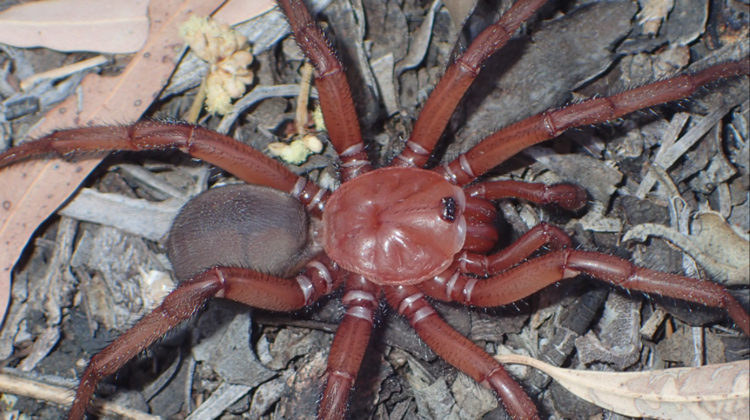
Australia is home to a vast array of creepy crawlies, including snakes, kangaroos, and of course, spiders. For many people, the mere thought of these eight-legged creatures can be enough to send shivers down their spine.
A recent study conducted by City University London found that 75% of the 118 participants surveyed reported having a fear of spiders. So it’s no wonder that any news about spiders in Australia may not be the most welcomed news for arachnophobes.

Recently, scientists discovered a new spider species in Australia that has been added to the country’s long list of wildlife. The spider, formally cataloged in Queensland, has been described as “giant” and named Euoplos dignitas. This species can only be found in the Brigalow Belt in Central Queensland.
Queensland Museum scientists conducted an investigation into this new spider species and provided details on what to look out for. The Euoplos dignitas is a large trapdoor spider that inhabits open woodland habitats and builds its burrows in the black soils of the Central Queensland area.
Its name, which means dignity or greatness in Latin, reflects the spider’s enormous size. The Queensland Museum’s Project DIG, which supported the research project in fieldwork, genetic research, and lab work, also influenced its name.

Despite its impressive size, Euoplos dignitas is already an endangered species. It has lost most of its natural habitat to land clearing, putting its future survival in doubt.
Dr. Jeremy Wilson, the research assistant of arachnology at Queensland Museum, expressed his passion for the work that they do in the museum, saying, “You get to come into the collection and look through specimens from across Australia, and you just never know what you’re going to find. When you then get to see that through to the end, which is giving a name to that species and knowing that species is now known to everyone and can be protected.”
Meanwhile, Dr. Michael Rix, the museum’s primary arachnologist, added, “The females, which are the larger trapdoor spiders of the two sexes, they’re almost five centimeters in body length. They’ve got these really cryptic trapdoors in these woodland habitats on the ground, and most people wouldn’t even realize that they’re there.”

The discovery of the Euoplos dignitas is a reminder of the importance of protecting our environment and preserving natural habitats. As humans continue to encroach on wildlife habitats, we run the risk of losing species that are vital to our ecosystem. It’s up to us to take action and ensure the survival of endangered species like the Euoplos dignitas before it’s too late.

Leave a Reply